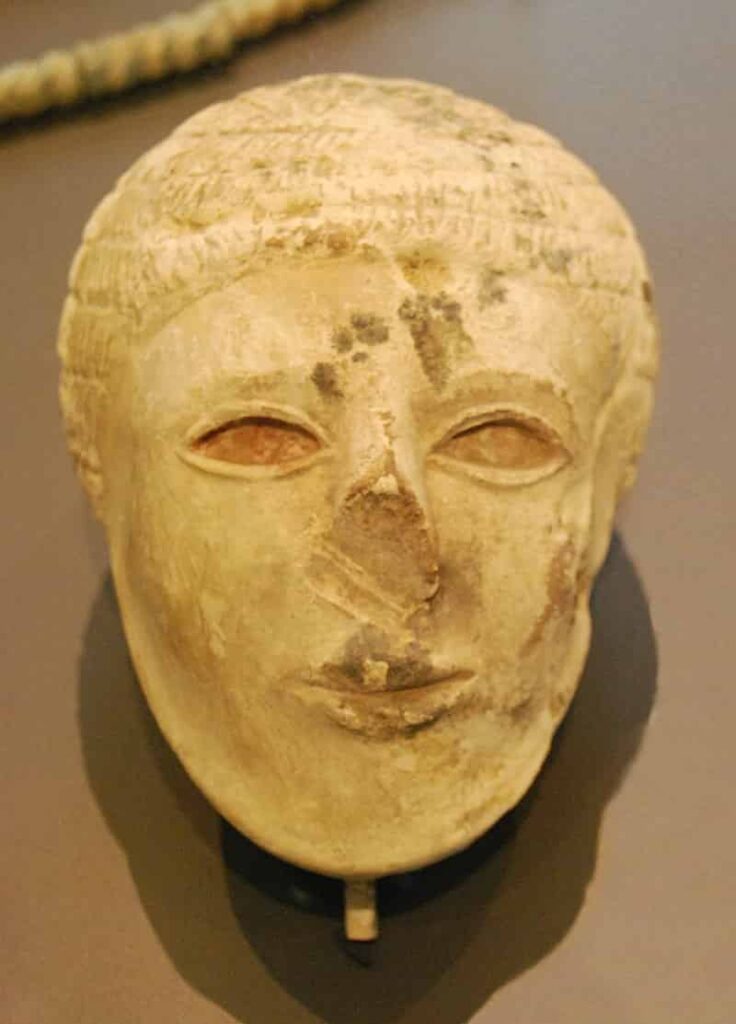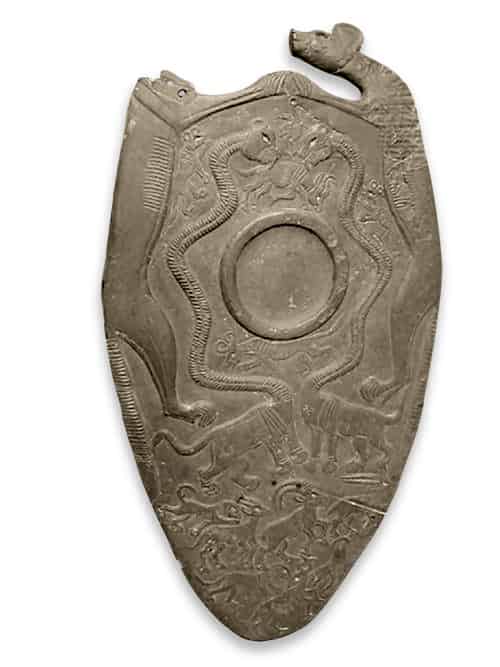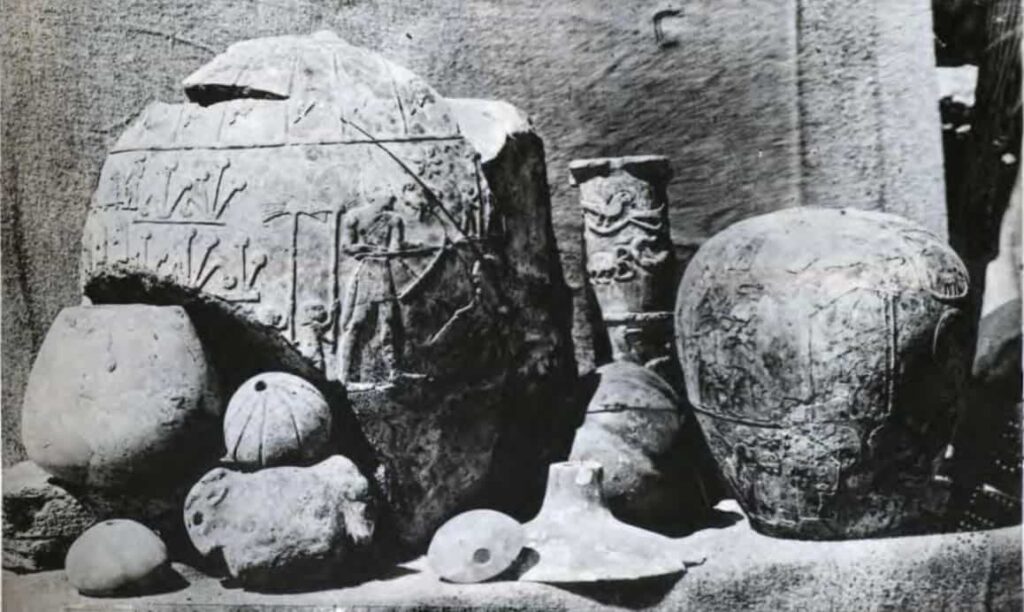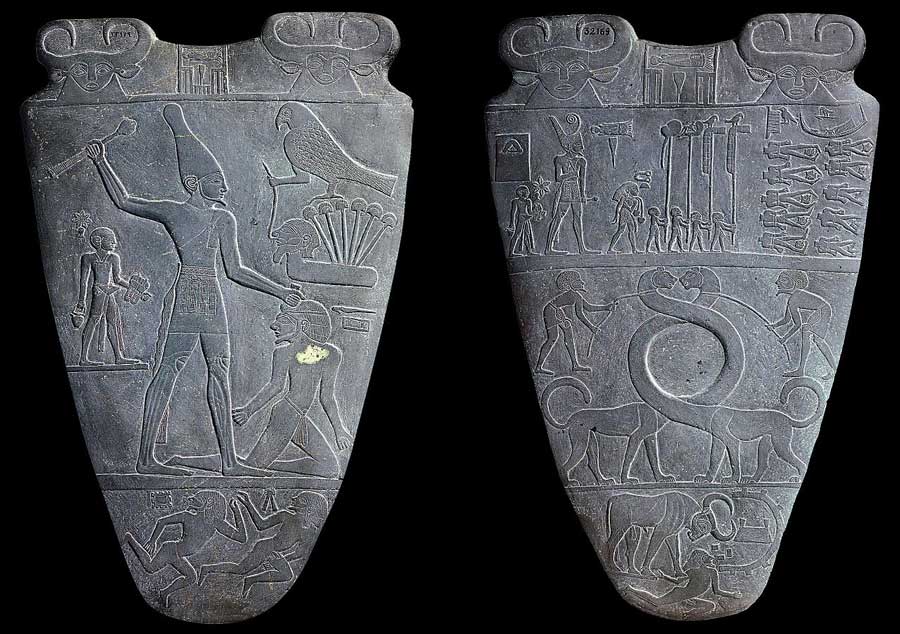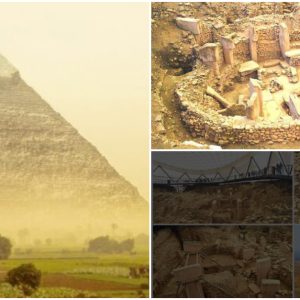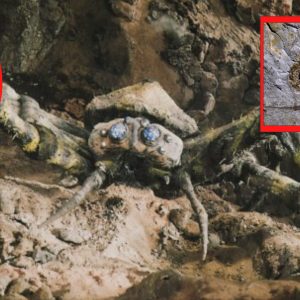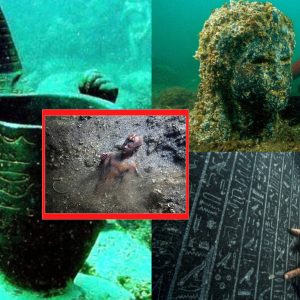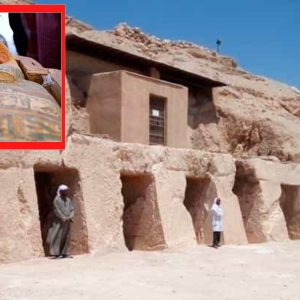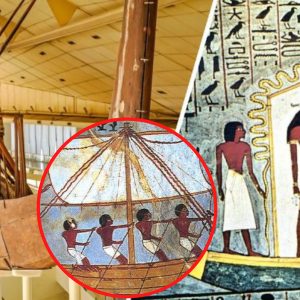Nekhen (hay Hierakonpolis theo người Hy Lạp) là một thành phố ở Ai Cập cổ đại, nơi thờ thần chim ưng Horus. Được thành lập từ thời tiền triều đại, Nekhen cổ đại nằm ở nome thứ 3 của Thượng Ai Cập, nome “của pháo đài” hoặc “hai cột”.
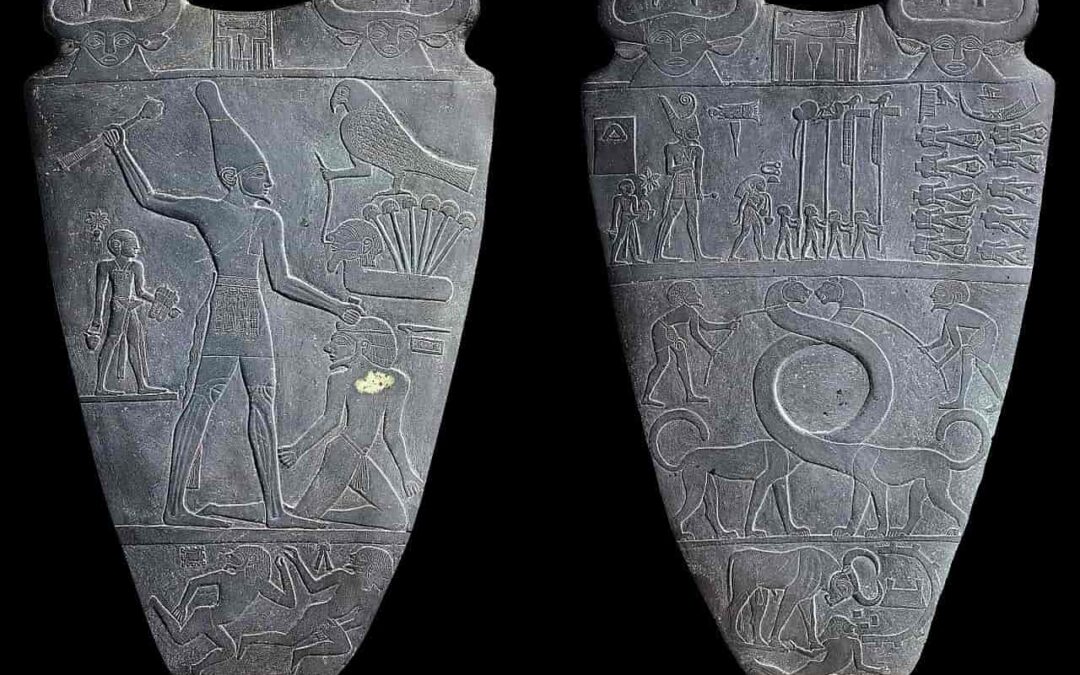
Từ quan điểm biểu tượng, thành phố này là đối tác của thành phố Buto ở Hạ Ai Cập.
Các cuộc khai quật của ngôi đền đã thu được một số lượng lớn các đồ vật linh thiêng có từ thời Tiền nguyên. Hai nghĩa trang quan trọng thời tiền sử đã được tìm thấy ở đây, với những ngôi mộ sơn màu và hài cốt có niên đại gần như từ đầu của nền văn hóa Naqada.
Mọi người bắt đầu sinh sống ở khu vực sẽ trở thành Nekhen cách đây ít nhất là từ rất lâu trước thời kỳ Badarian bắt đầu vào khoảng 4000 năm trước Công nguyên.
The Predynastic portion of the site includes cemeteries, domestic areas, industrial zones, and a ceremonial center, prosaically named HK29A.
The city contained multiple complex settlements, with dwellings, temples, and cemeteries. Most of the predynastic occupation of the site dates to between approximately 3800 and 2890 BC, during the periods known as Naqada I-III and the first dynasty of the Old Kingdom of Egypt.
Oldest known Egyptian painted tomb
Perhaps the most famous building in Nekhen is an elaborate tomb from the Gerzeh culture (3500-3200 BC), called “The Painted Tomb”.
This tomb was dug into the ground, lined with adobe bricks, and then its walls were elaborately painted; it represents the oldest known example of painted walls in Egypt.
On the walls of the tomb were painted images of ships from Mesopotamia, attesting to predynastic contacts with the eastern Mediterranean. The Painted Tomb probably represents the burial place of a proto-pharaoh, although his name is unknown.
However, there are explicit references to a handful of early pharaohs at Nekhen. The Narmer Palette found among the ruins includes the earliest depiction of any Egyptian king, tentatively defined as Narmer, who ruled around 3100 BC.
A mud-brick enclosure is associated with King Khasekhemwy, the last king of the second dynasty, died 2686 BC. A stela dedicated to King Pepi, the third pharaoh of the sixth dynasty who ruled between 2332 and 2287 BC.
